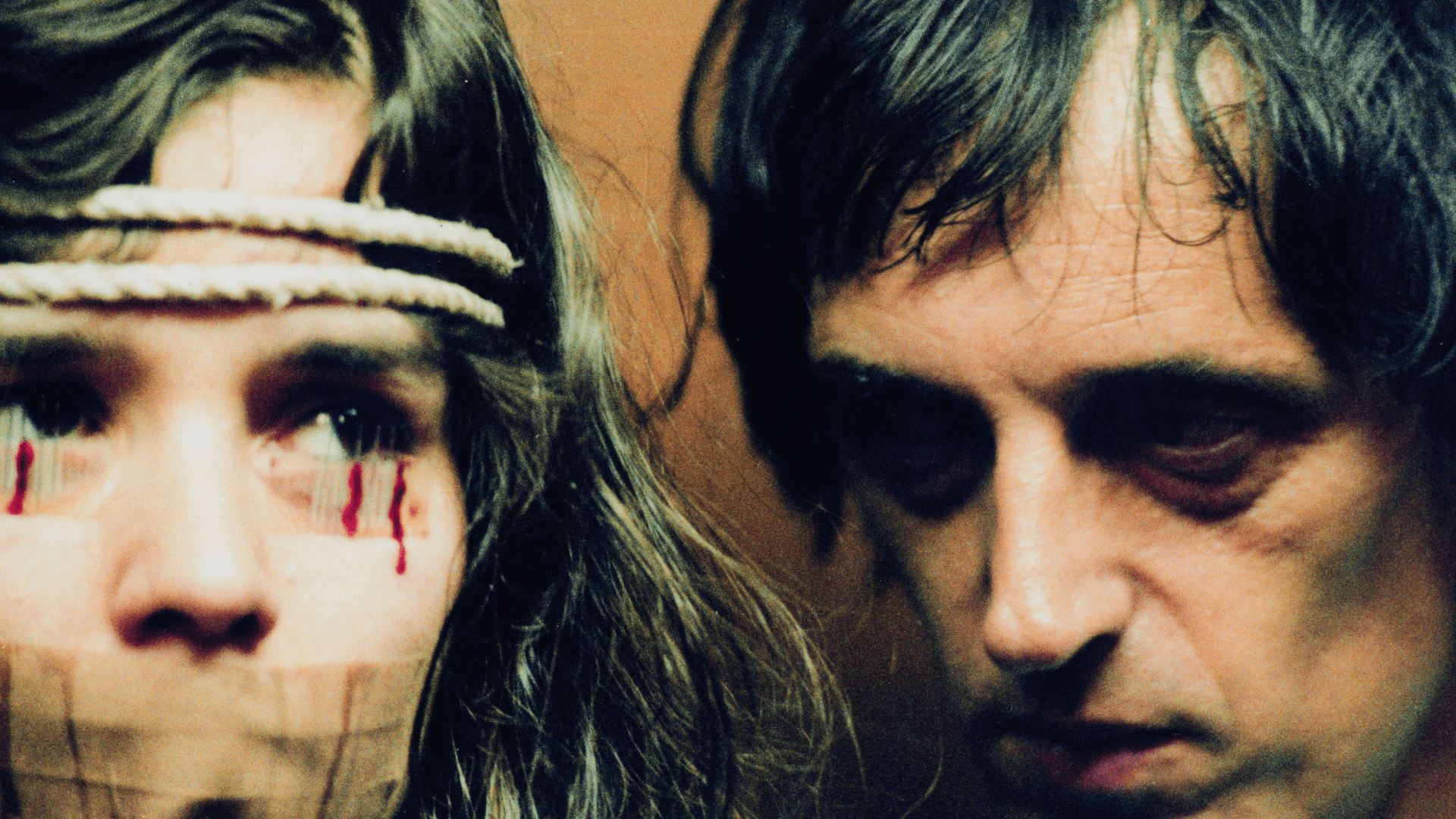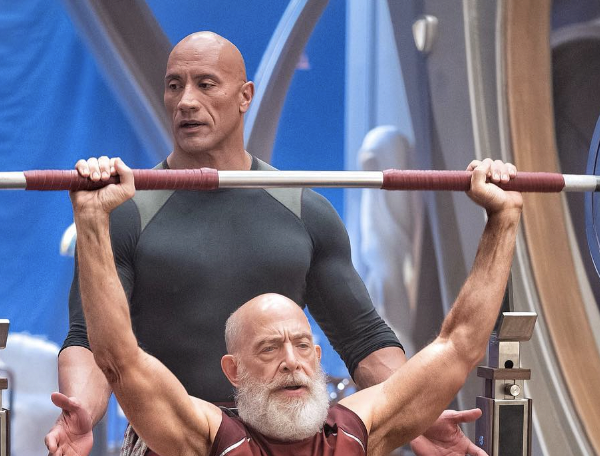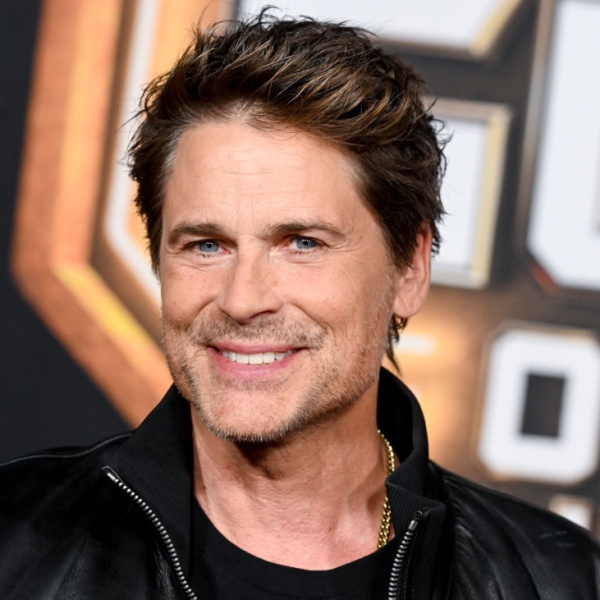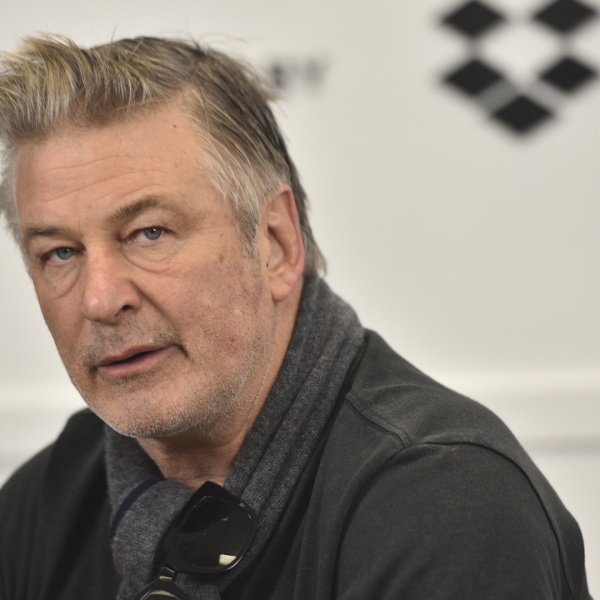No one envies the biographer to a truly great writer. But in “Dario Argento Panico,” director Simone Scafidi takes on a task even more daunting — profiling one of the best filmmakers to ever live in his own medium.
The two artists, forever bonded by an appreciation for the 83-year-old Italian’s otherworldly filmography, take turns illuminating the mystery behind giallo masterworks like “Deep Red” and “Suspiria” (1977) in Shudder’s essential and ethereal portrait. Astounding archival footage and insightful new interviews pay taut homage to Argento’s exacting style and near-impenetrable public persona, allowing the still-working cinematic legend to vivisect his life and legacy as others do the same. The result is an accessible yet effervescent retrospective on the auteur who has become synonymous with chiaroscuro nightmares: a tightly constructed character study that will initiate unfamiliar viewers with a thorough and thought-provoking primer, while simultaneously giving lifelong fans a better understanding of their sometimes-fetishistic fondness for the filmmaker.
“Is he a ghoul or a zombie or just a frustrated painter?” asks genre peer Nicolas Winding Refn. “The Neon Demon” writer/director is one voice in a cadre of intriguing players putting precise verbiage to the intangibly intoxicating quality of Argento’s glamorous and gory oeuvre. Described by Guillermo del Toro as a kind of “cosmic, angry, evil universe,” the connective tissue that binds Argento’s terrifying suspense titles to each other has been expertly grafted onto the talent at work here. A smorgasbord of vivid colors, agile camera movements, and claustrophobic framing — some scenes from Argento, others from Scafidi — frame a selection of the same striking faces native to his most esteemed work. Daughters Asia and Fiore Argento, the former a frequent muse of her father’s and the other known for getting killed off first in “Phenomena” (AKA “Creepers”), appear alongside “Opera” star Cristina Marsillach whose shaking consideration of her former collaborator serves as the film’s centerpiece.

Shot at some of the locations seen in Argento’s films and partly at a luxury resort (Argento has penned his scripts in hotel rooms for decades), “Panico” serves as both vivisection and diorama — effectively bottling the visual and tonal essence of Argento while nimbly questioning why that formula works. The documentary comes from producer Giada Mazzoleni, director of photography Patrizio Saccò, editor Claudio Rossoni, and sound designer Dino Gervasoni — with appropriately synth heavy atmospherics and spine-tingling music by Alessandro Baldessari. The images rendered are consistently arresting without sacrificing the push and pull required for naturalistic suspense.
With Saccò’s striking cinematography (anonymous figures loom in the background), Rossoni’s crisp edits (an eye for thematic organization proves paramount), and Gervasoni’s diegetic soundscape (the tension ratchets throughout), Scafidi is able to shepherd a loving homage with sharp shreds of indictment. There’s a wickedness lurking beneath Argento’s distinctive approach — one that has only grown in menace as Hollywood better considers the collateral damage done by unbridled directorial brilliance and the critical appreciation for Argento’s more recent works wane.

“The Card Player” from 2003 is not one of Argento’s better films, but it proves a critical turning point in Scafidi’s presentation of Asia Argento. The actress radiates a bone-deep appreciation for her father’s stupendous vision and history. And yet, the fact that a scheduling conflict between “The Card Player” and Asia’s second feature, “The Heart Is Deceitful Above All Things,” resulted in the already monolithic patriarch not speaking to his child for multiple years hangs heavy. That Argento was then in his mid-sixties makes some of his candid moments from “Panico” feel petulant; the man’s gripes about his lavish accommodations are less charming when you consider the skeletons hiding in his past life.
“Why did you fall in love with Dario Argento?” Scafidi asks the filmmaker’s first wife Marisa Casale.
“Because I could not do otherwise, knowing him,” she says(*).
(*Note: Italian remains the sexiest romance language by an American kilometer — but it is worth noting that the Mexican del Toro wins this documentary’s best quote. “Horror film is like a hostage negotiation,” he says. “You come out of the bank and say, ‘I’m going to shoot a hostage.’ The audience doesn’t believe you, so you shoot the hostage and the audience goes, ‘Oh my God, he’s serious.’”)
A seductive study in contradictions, “Panico” preserves the sense of inevitability that radiates from Argento’s artistic magnetism by allowing contrasting beats to comingle in an almost supernatural stew. Mentor Michele Soavi (“Cemetery Man”) and collaborators Lamberto Bava, Franco Ferrini, and Luigi Cozzi, and Gaspar Noé (“Vortex”) expertly discuss the method and medium of Argento’s frightening films, while the women who became conduits for his creativity quietly question the man and motives that made them. (As with so many things in Italian cinema, the dichotomy smacks of gender.)
“Panico” is part love letter, part monster movie, and a fascinating reflection on what it means to let our inner demons run wild in our art. The final shot makes for a singular inkblot that will no doubt inform your understanding of the filmmaker and whatever projects he has yet to come. As Argento smiles straight to camera — is he more serene or sinister? — you can’t help but wonder what the jagged-edge titan of simultaneously diaphanous and severe terror sees when staring down himself.
Grade: A
A Shudder release, “Dario Argento Panico” is now streaming on AMC+.




